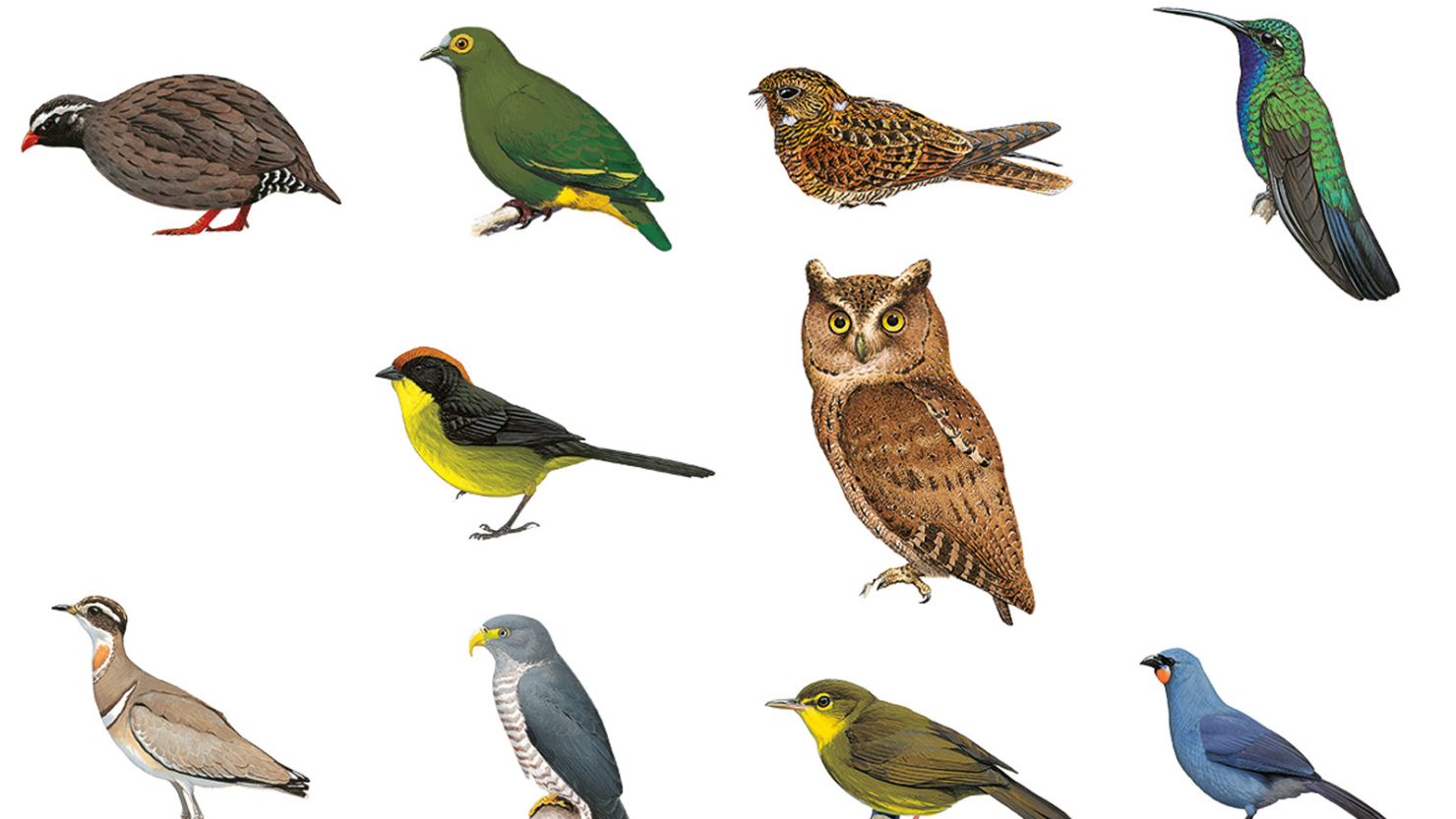Only one kind of substance is present, for example, H2O and Nitrogen.
What is a pure substance?
What is homogeneous?
A method of separating magnetic materials from nonmagnetic ones.
What is Magnetic separation?
Is this diversity? Yes or No
Yes
An English naturalist and geologist who is known for his contributions to evolution and natural selection.
Who is Charles Darwin?
The control center of the cell. It contains the DNA
What is the Nucleus?
Is made of 2 or more materials physically combined; can be separated
What is a mixture?
The solution is Physically or chemically combined?
What is physically?
A process of separating parts of chemical mixtures (usually colors) dissolving them onto an absorbent material (usually paper)
What is paper chromatography?
What type of diversity is this?

Diversity of genes. Genetic diversity.
Orangutans are more closely related to gibbons or gorillas?

What is gorilla?
Bacteria have which type of cell, prokaryote or eukaryote?
What is a prokaryote?
What is a colloid?
Two parts of a solution
Solvent - the bigger part of a solution. It is used to dissolve. example water
Solute - smaller part of a solution, it is the part the dissolves. example salt
Takes advantage of the physical property of the state of matter.
What is filtration?
A process of maintaining a stable internal condition.
What is homeostasis?
An older species that serves as an ______ to a more recently living species.
What are the ancestors?
What type of cell is this? Identify number 6.

Animal Cell
Cell membrane
A mixture of a gas or liquid and an insoluble substance. The insoluble substance settles to the bottom when the mixture is left to stand.
What is suspension?
A point in a solution in which the solvent can no longer dissolve the solute.
What is the saturation point?
Separating a mixture by rotating the container quickly. The heavier parts of the mixture move to the outside of the spinning container.
What is centrifuge?
The total sum of all chemical reactions in the body.
What is metabolism?
Five kingdoms of life
What are animals, plants, protists, bacteria, and fungi?
Give two parts that can be found in plant cells only
What are chlorophyll and cell wall?
A test in which the light will scatter or bounce off of particles that are large enough. This is used to distinguish between a colloid or suspension from a solution
What is Tyndall effect?
Compare homogeneous mixture and heterogeneous mixture.
Homogeneous mixtures have uniform composition throughout, with only one phase of matter, such as air and sugar water. Heterogeneous mixtures contain distinct regions with different properties and multiple phases, like cereal in milk and vegetable soup.
Compare Simple distillation and Fractional distillation
The difference between the boiling points of the fluids in the liquid mixture is less than 25-30 degrees (Fractional), and distillation has a range of boiling points of more than 25-30 degrees (Simple).
Explain the 2 ways of reproduction
Sexual Reproduction - 2 parents are required, offspring are not identical to the parents.
Asexual Reproduction - 1 parent is required, and the offspring is identical to the parents.
Compare Theory and Law
Explain the three parts of the cell theory,
1. Every living organism is made of one or more cells.
2. The cell is the basic unit of structure and function.
3. All cells arise from pre-existing cells. (Cells come from cells)